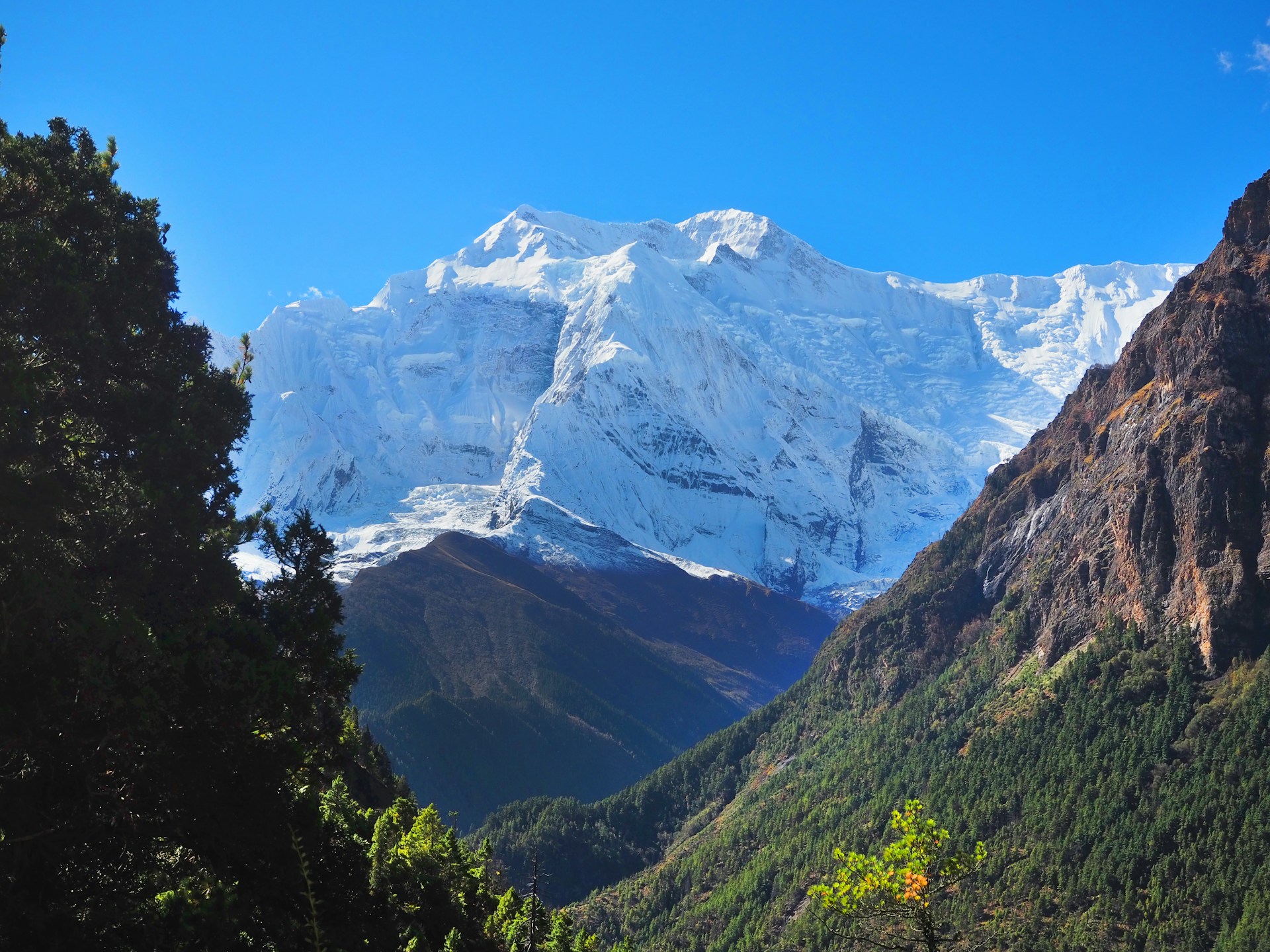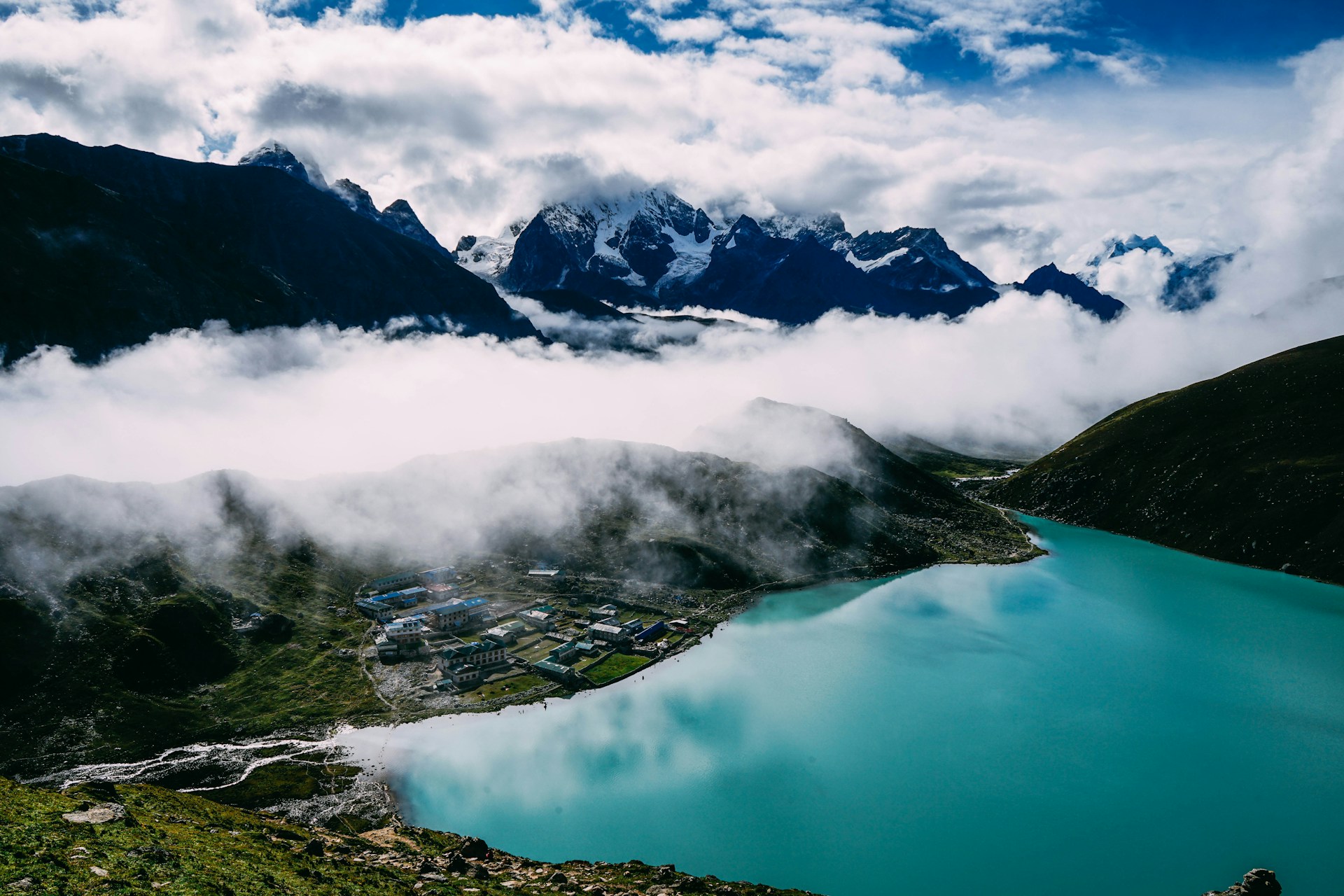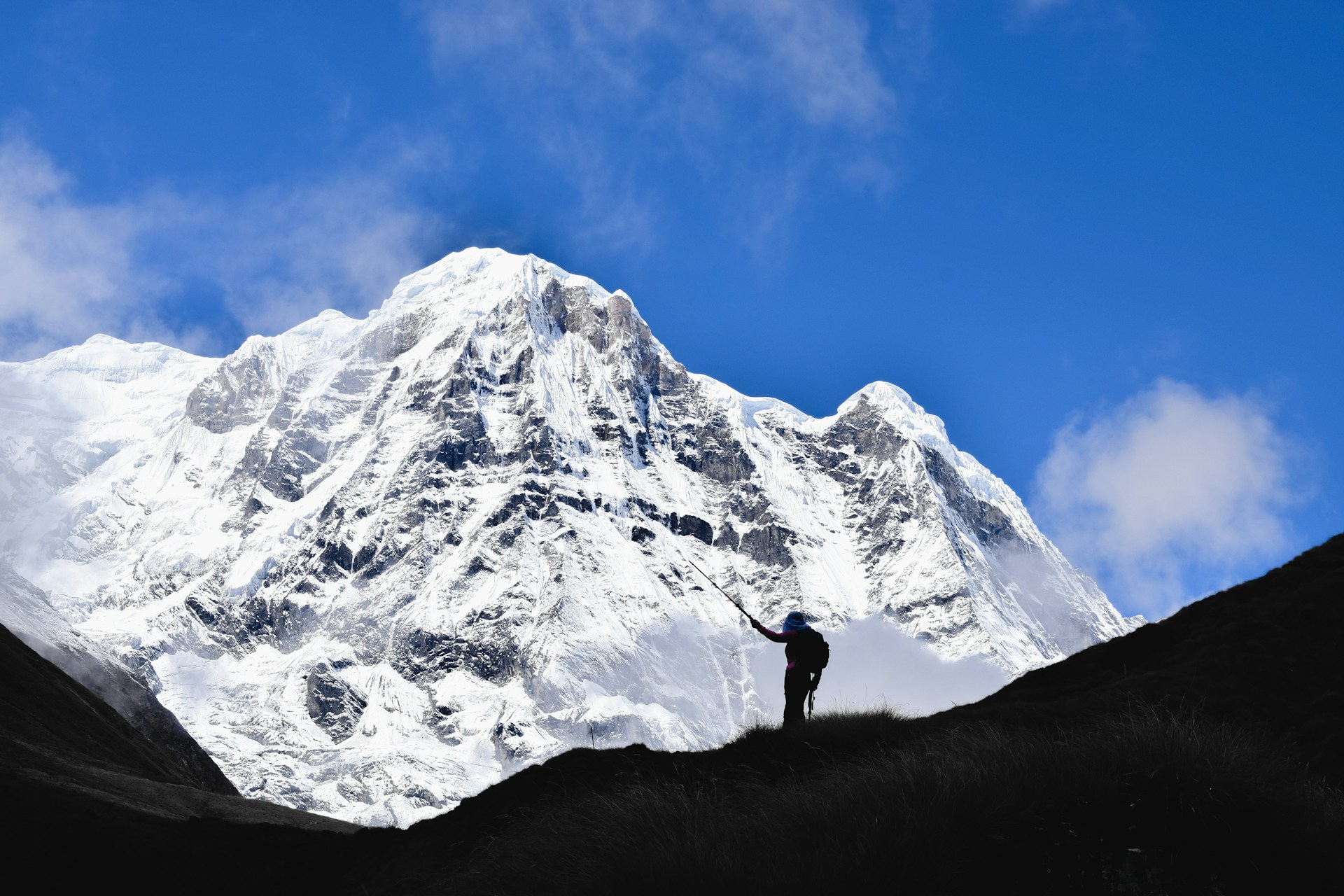Nepal is a small but wonderful country filled with beautiful mountains, kind people, and a deep history that goes back thousands of years. Even though it is not a large country, Nepal is home to many unique and important places that the whole world respects. UNESCO has officially listed some of these places as World Heritage Sites because they showcase the culture, nature, and traditions of the Nepali people. These places are not only special for Nepal but also for all of humanity.
There are ten UNESCO World Heritage Sites in Nepal. Out of these, eight are cultural sites such as temples, palaces, and religious places. The other two are natural sites, which are large national parks filled with wild animals, forests, and the tallest mountains. Each of these ten sites has its own story, beauty, and importance. In this blog, you will learn about all of them simply and clearly.
1. Kathmandu Durbar Square
Kathmandu Durbar Square is a busy and colorful place right in the center of the city. Long ago, it used to be the palace area where kings lived and made important decisions for the Kathmandu Valley. The buildings here are very old, some more than 300 years, and they are full of beautiful wood carvings, windows, and statues made by Newar artists. You can see temples with tall roofs, narrow brick paths, and big open courtyards where people still gather today.
One of the most special places here is the Kumari Ghar, where the Living Goddess lives. She sometimes appears at the window to bless visitors. Nearby, you’ll also find the Taleju Temple, which is very tall and only opens once a year during a big festival. In Nasal Chowk, the old kings were crowned, and the big black statue of Kal Bhairav is said to tell the truth — people used to swear oaths in front of it. Today, the square is full of life. Tourists walk around taking photos, while locals sit on temple steps and chat. Even though the city around it has changed, this square still keeps the feeling of old Kathmandu alive.
Entry Fee: NPR 1000 for foreigners, NPR 150 for SAARC visitors.
How to Reach: You can walk from Thamel in about 20 minutes or take a local taxi from anywhere in the city.
2. Patan Durbar Square
Patan Durbar Square is in a city called Lalitpur, just a short drive from Kathmandu. It feels like a step back in time. The streets are narrow and peaceful, and the buildings look like they’ve been carefully looked after for centuries. This square was once the home of the kings of Patan, and everything around it shows how much the people here loved art and religion. The temples have carved windows, stone lions, and golden roofs. It’s quiet but full of meaning.
One of the most loved places here is the Krishna Temple, which is made completely from stone. People stop here to pray or just admire the design. There’s also the Golden Temple, which shines under the sun, and a museum where you can see old statues and things from long ago. People don’t only come here to take pictures. They come to feel the peaceful energy, sit by the courtyard, and enjoy how calm everything is, even in a busy city.
Entry Fee: NPR 1000 for foreigners, NPR 250 for SAARC nationals
How to Reach: It takes about 30 minutes by taxi from Kathmandu, or you can take a public bus from Lagankhel.
3. Bhaktapur Durbar Square
Bhaktapur feels different from other cities. When you walk into Bhaktapur Durbar Square, it feels like you’re entering a living museum. The streets are made of brick, and the air smells like incense and old wood. The buildings here are strong and detailed, and they haven’t changed much in hundreds of years. The square used to be the home of the kings of Bhaktapur, and everything from the temples to the windows tells a story.
You can see the famous 55-Window Palace, which is one of the most beautiful buildings in Nepal. There’s also the Nyatapola Temple, which stands tall with five levels and strong guardian statues on the steps. Locals still use the square every day. You’ll see children playing, people selling clay pots, and others just sitting and chatting. It’s not just a tourist place; it’s a part of daily life.
Entry Fee: NPR 1500 for foreigners, NPR 500 for SAARC nationals
How to Reach: It takes around one hour by local bus or taxi from Kathmandu.
4. Pashupatinath Temple
The Pashupatinath Temple is considered one of the most sacred temples of the Hindu faithful and an extremely significant holy place to honor Lord Shiva. It is lying in Kathmandu, along the Bagmati River. This is a beautiful pagoda style roofed main temple and there are many small temples and religious houses around it. There are a lot of people, who come here every day to pray and to light oil lamps and to participate in the spiritual activities.
The non-Hindus cannot enter into the main temple but they can visit the temple. The visitors can observe Hindu rituals of cremation across the river as it is included in the local culture. There will also be holy men (known as sadhus) roaming around and spending time in prayers and meditation. Thousands of people in this pilgrimage site are visited during such major festivals like Mahashivaratri by people in different countries. It is a country of spiritual life, culture, faith.
Entry Fee: NPR 1000 for foreigners. Free for Indian citizens
How to Reach: It is about 15 to 20 minutes from Thamel by taxi or local bus.
5. Changu Narayan Temple
Changu Narayan Temple is referred to as the oldest temple which is still in worship in Nepal. It is situated on a serene hill over Bhaktapur and its outlook is soothed view of its surrounding valley. It is a temple of lord Vishnu who is said to protect all the living creatures. Some even think that this temple was constructed more than 1,600 years ago, and it remains pretty solid today due to its amazing combination of stone and wooden architecture.
As you tour around the temple, you will get some of the oldest stone sculptures ever in Nepal. Most of them depict the various incarnations of Lord Vishnu, each one with its myth. Just around the corner, there is a small museum as well where one is able to gaze at old world equipment, sculptures and literature. The stillness and the history present here are very profound and make it a special place, where people who are eager to know more about the past of Nepal and relax in the middle of nature and culture.
Entry Fee: NPR 300 for foreigners, NPR 100 for SAARC visitors
How to Reach: First go to Bhaktapur, then take a local taxi or hike for about 1 hour uphill to reach the temple.
6. Swayambhunath Stupa (Monkey Temple)
Swayambhunath Stupa is one of the oldest and most special religious sites in Kathmandu. It is situated on the hill and it can be seen in various parts in the city. The stupa itself is large and it is covered with a white dome, the eyes of Buddha being painted and he seems to be standing guarding the valley. Many people have also used to call it the Monkey Temple because of the monkeys that are around the place. It holds religious importance to the Buddhists and the Hindus and its architecture is believed to have been built more than 1,500 years ago.
Tourists can walk up steep rock steps to the top of the hill so that they can reach the stupa. Upon entering, the accompanying prayer flags, spinning prayer wheels and smaller temples also welcome them, and further outline the periphery of the main stupa. The panoramic top view is fantastic as you are able to see everything in Kathmandu Valley. It is filled with the smell of incense, gentle murmuring, and a calm atmosphere, which adds so much charm to the visit to the locals and the international tourists.
Entry Fee: NPR 200 for foreigners, NPR 50 for SAARC visitors
How to Reach: You can take a taxi from anywhere in Kathmandu. From the base, you walk up the stairs to reach the top.
7. Boudhanath Stupa
Boudhanath Stupa is one of the biggest Buddhist stupa in the world and is viewed with much sanctity by the Tibetan Buddhists. It resides on the east of Kathmandu and it can be easily recognized by its large white dome and it bears quiet eyes of Buddha painted on all 4 sides of the dome. Those eyes are intended to look at the people and to make the visiting people feel at peace. Devotes revolve around the stupa clockwise shoving the prayer-wheels and repeating verses on beads.
The area around the stupa is quite tranquil and Tibetan-oriented. The reason as to why they have been able to establish monasteries, settle and put up small businesses here is due to the invasion of the Tibetan region by the Chinese, which drove the fellow Tibetan people to settle here in 1959. People today are able to see monks with their red robes, floating soft prayers in the air and simple foods in the local restaurants. Once you get inside this place, you find yourself inside some kind of a calm spiritual world since everything moves so slowly and politely as well since there is a soothing sound of chanting followed by the sweet aromatic smell of incense that moves across the air.
Entry Fee: NPR 400 for foreigners, NPR 100 for SAARC visitors
How to Reach: It takes about 25 minutes by taxi from Thamel or other parts of Kathmandu.
8. Lumbini – Birthplace of Buddha
Lumbini is located in the southern part of Nepal and it is an area that is famous all over the world as the Birthplace of Lord Buddha. It is the place of birth of Buddha who was born over 2500 years ago as Prince Siddhartha. The place is now among the calmest and most religious to Buddhist adherents. The most significant temple in Lumbini, in fact, is the Mayadevi Temple because it is the spot where Buddha was born. A peaceful pond and an Ashoka Pillar, which was created by an Indian emperor, rest beside the temple, the emperor made the pillar as a commemoration of this sacred place.
Most countries like; Japan, China, Thailand, Sri Lanka and Germany have established beautiful monasteries in Lumbini. These are the reflections of different manifestations of the Buddhist art and culture. Tourists can visit the peaceful gardens, listen to prayers, and even visit meditation assemblies.
It is a religious and calm place where people may visit in order to acquire knowledge of peace of mind, mercy and the life of Buddha. Lumbini is a place of worship, though it is also the destination where people around the world are going to relax and get motivated.
Entry Fee: NPR 300 for foreigners, NPR 100 for SAARC visitors
How to Reach: You can take a long bus ride from Kathmandu or fly to Bhairahawa and then drive 30 minutes.
9. Chitwan National Park
Chitwan National Park is located in lowland of southern Nepal and the climate is warmer and flat. It was the first national park in Nepal and it is known because it preserves one-horned rhinos, Bengal tigers, elephants, and numerous varieties of birds. All the forests, rivers, and the grasslands here are alive.
People come to Chitwan for adventure and nature. You can go on a jeep safari to see wild animals or take a canoe ride to watch birds and crocodiles. There are also walking tours through the jungle with guides. In the nearby villages, the Tharu people live and welcome guests to learn about their customs and dances. It’s a great place for families, photographers, and anyone who loves wildlife.
Entry Fee: NPR 1500 + 13% VAT for foreigners, NPR 750 + VAT for SAARC visitors
How to Reach: Around 5 to 6 hours by car or tourist bus from Kathmandu. Flights to Bharatpur are also available.
10. Sagarmatha National Park
Sagarmatha National Park is home to Mount Everest, the tallest mountain in the world. This park is in the eastern Himalayas and covers a huge area of mountains, valleys, forests, and rivers. It’s not just about the big peaks. The park is also home to animals like the snow leopard, red panda, and Himalayan tahr.
Most people come here to do treks, like the famous Everest Base Camp trek. Along the way, they pass through Sherpa villages where locals are known for their mountain climbing skills and warm hospitality. There are old monasteries, stone houses, and trails with prayer flags blowing in the wind. The air is cold, the views are wide, and every moment feels like a part of something greater. This park shows the wild, high side of Nepal.
Entry Fee: NPR 3000 for foreigners, NPR 1500 for SAARC visitors
How to Reach: Take a flight from Kathmandu to Lukla, then start your trek from there.
Why Are These Sites Important?
The World Heritage Sites in Nepal are important because they show the country’s deep culture, history, and natural beauty. These places are not just old buildings or forests. They are living stories of Nepal’s kings, artists, gods, and the people who made the country what it is today. Visiting these places helps us understand how people lived, prayed, ruled, and created beautiful things hundreds of years ago.
These sites also matter to the world. They welcome visitors from many countries who come to learn, explore, and enjoy. People feel peace in places like Lumbini or excitement in the Everest region. These sites teach people to respect different cultures and care for nature. Protecting them means we are saving history and nature for our children and grandchildren to experience in the future.
Best Time to Visit
The best time to visit most of Nepal’s World Heritage Sites is from October to May. During these months, the weather is dry and the skies are clear. It is easy to walk around old temples, enjoy jungle safaris, or go trekking in the mountains without worrying about rain or muddy roads. If you are visiting Everest or other high areas, October to November and March to May are the best times.
From June to August, Nepal has its rainy season. Some places become very wet, and mountain views are often hidden by clouds. But this is also the time when the forests look green and fresh. Fewer tourists visit during this season, so if you like quiet travel, this can still be a nice time to explore places like Lumbini or Chitwan National Park.
Tips for Travelling
Before visiting any heritage site in Nepal, it is helpful to learn a little about the place. This will help you enjoy it more. Bring your passport or ID with you because some places may ask for it when you buy a ticket. Also, keep some cash in Nepali rupees because small shops or ticket counters may not take cards.
Wear comfortable clothes and shoes, especially if you will walk for a long time or climb stairs. At religious places, you should take off your shoes, dress properly, and follow the local rules. It is good to be quiet and respectful when people are praying. You can also hire local guides who will explain the meaning behind what you see. Buying souvenirs from local shops or eating at local cafes helps the local people and makes your trip more special.
Final Thoughts: Nepal’s Gifts to the World
The World Heritage Sites in Nepal are not just special places for Nepali people. They are also treasuring for the whole world. Each site tells a different story about faith, art, nature, and human strength. From the peaceful gardens of Lumbini to the snowy trails of Sagarmatha, these sites help us feel connected to something bigger than ourselves.
By visiting these places, we learn to respect nature, honor history, and understand other cultures better. Nepal may be a small country, but the value of these sites is very big. They are Nepal’s gifts to the world, and every visitor who comes to see them leaves with new knowledge, memories, and a deep feeling of peace and wonder.



